What Makes Sabi Sabi Unique?
on May 13, 2025A common question is: Why choose Sabi Sabi Private Game Reserve for your African safari? The answer is simple, and here are just a few reasons why it stands out.
With four distinct lodges to choose from - ranging from intimate, romantic retreats to family-friendly accommodation - Sabi Sabi offers something for everyone, regardless of age or the occasion you're celebrating. Our experienced team is dedicated to turning every visit into a once-in-a-lifetime memory, going above and beyond to make your stay truly special. Each of our luxurious lodges blends seamlessly with the surrounding wilderness, from the unique architecture and environmentally sensitive Earth Lodge to the charmingly intimate Selati Camp. Every lodge has a different vantage point of the reserve, inviting guests to fully immerse themselves in the natural beauty of the place we proudly call home.
Nestled in a prime game-viewing region adjacent to Kruger National Park, Sabi Sabi offers a rich and diverse landscape that reinforces its reputation as one of southern Africa’s premier safari destinations.
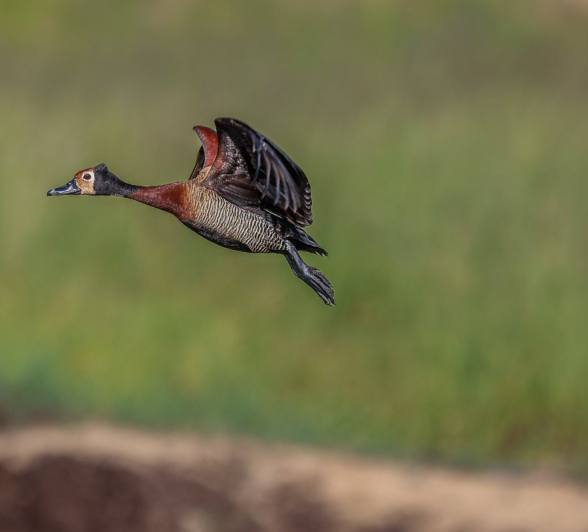
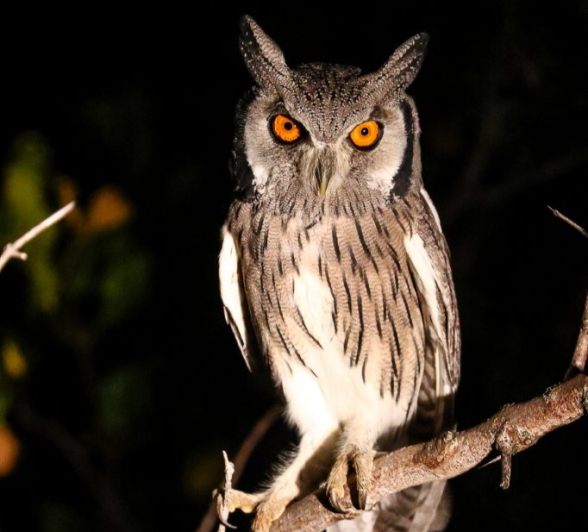
The terrain of our reserve is predominantly woodland savannah, beautifully interspersed with dense riverine bush and open grass plains. This rich mosaic of habitats supports an incredible diversity of flora and fauna, including over 330 indigenous tree species, along with a wide variety of shrubs and grasses that contribute to our thriving ecosystem.
Sabi Sabi is renowned for its abundant wildlife - not only the iconic Big 5, but also a wide range of general game species. The diverse vegetation offers essential food and shelter, creating ideal conditions for wildlife to flourish. As if that weren’t enough, the reserve is also home to around 350 recorded bird species, making it a true haven for birdwatching enthusiasts.
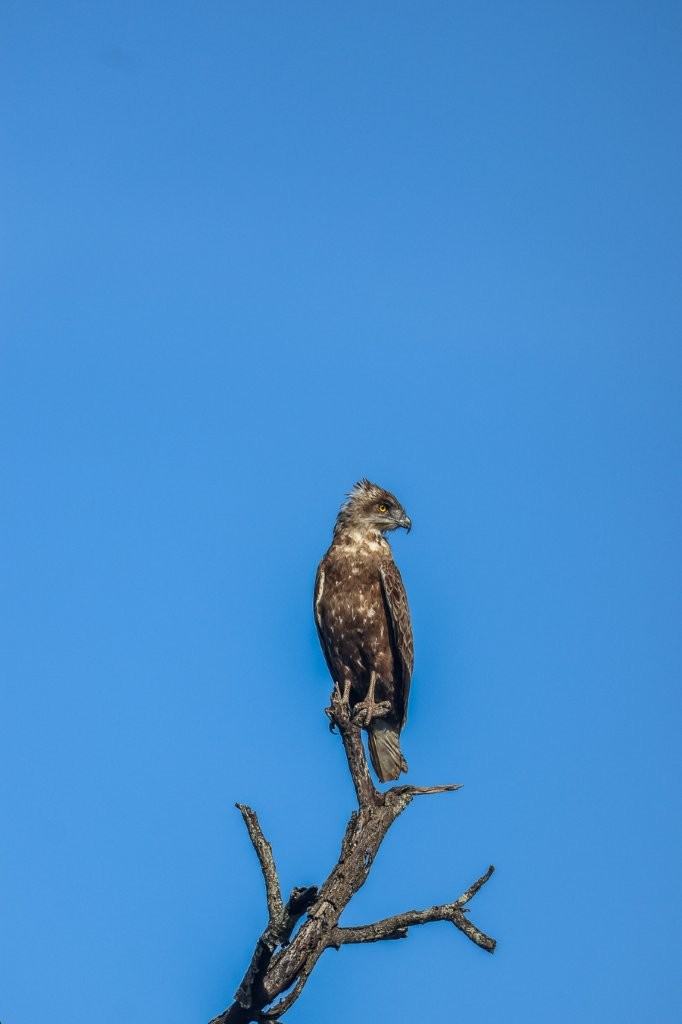
As the seasons change, so too does the appearance of our landscape. Summer transforms the bush into a lush, vibrant paradise, while winter ushers in drier conditions that allow for clearer views and exceptional photographic opportunities. The shifting foliage and seasonal blooms further enhance the beauty of the reserve.
These seasonal transformations, combined with our diverse terrain and rich biodiversity, create an ever-changing and enchanting environment for wildlife enthusiasts and nature lovers alike.
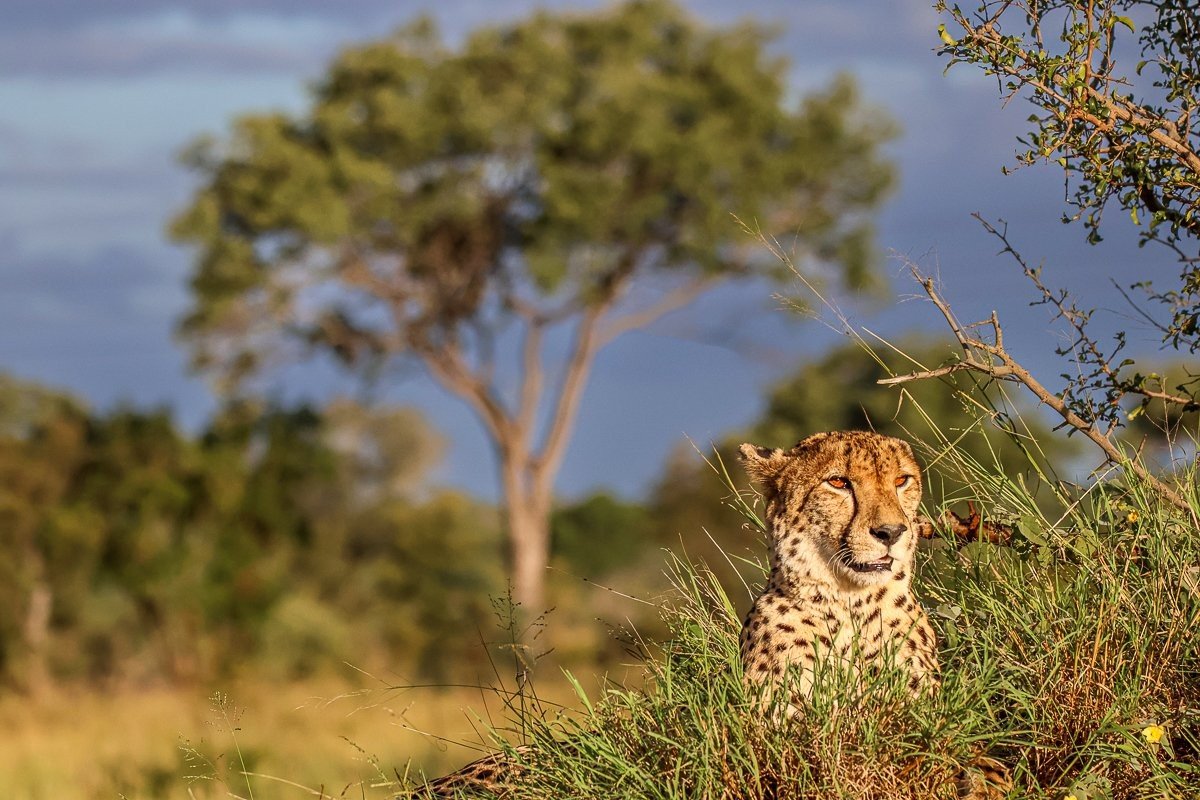
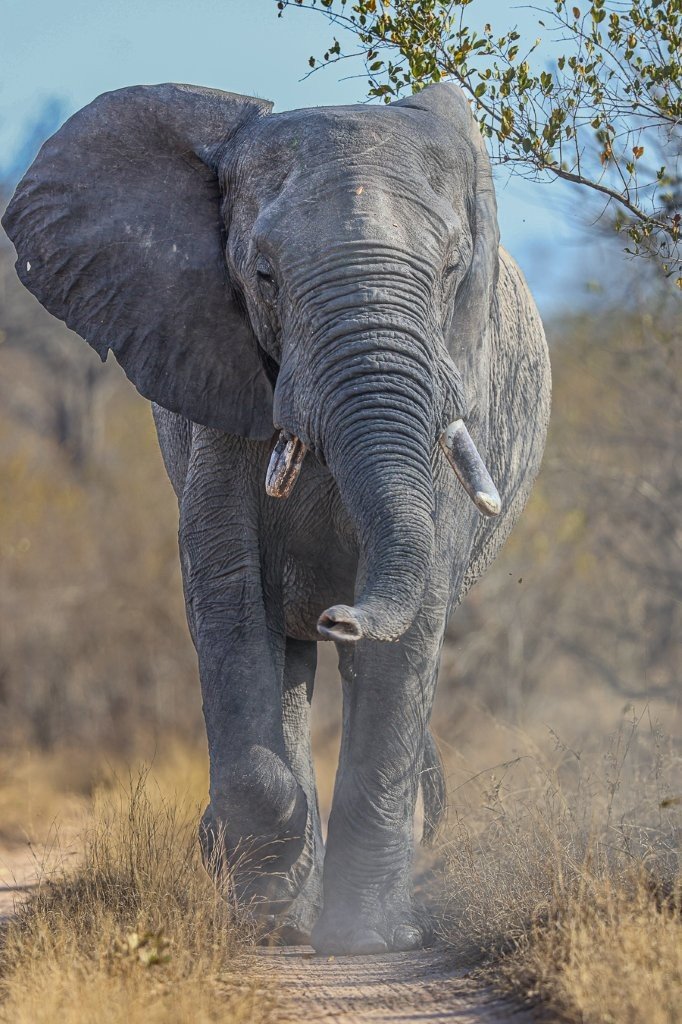
When it comes to predators across the reserve, each species is uniquely adapted to minimise interspecific competition. These adaptations are closely tied to the diverse landscapes they inhabit - ranging from open grasslands and dense thickets to riverine forests and rocky outcrops. The variation in terrain plays a crucial role in shaping how each predator hunts, moves, and survives, highlighting the intricate balance of our ecosystem.
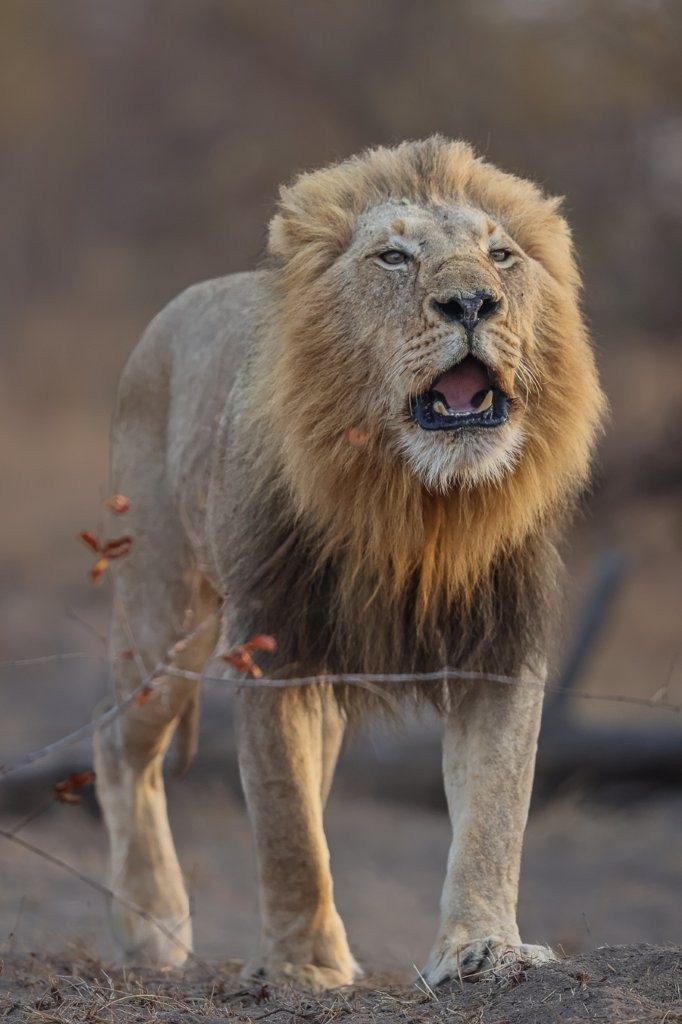
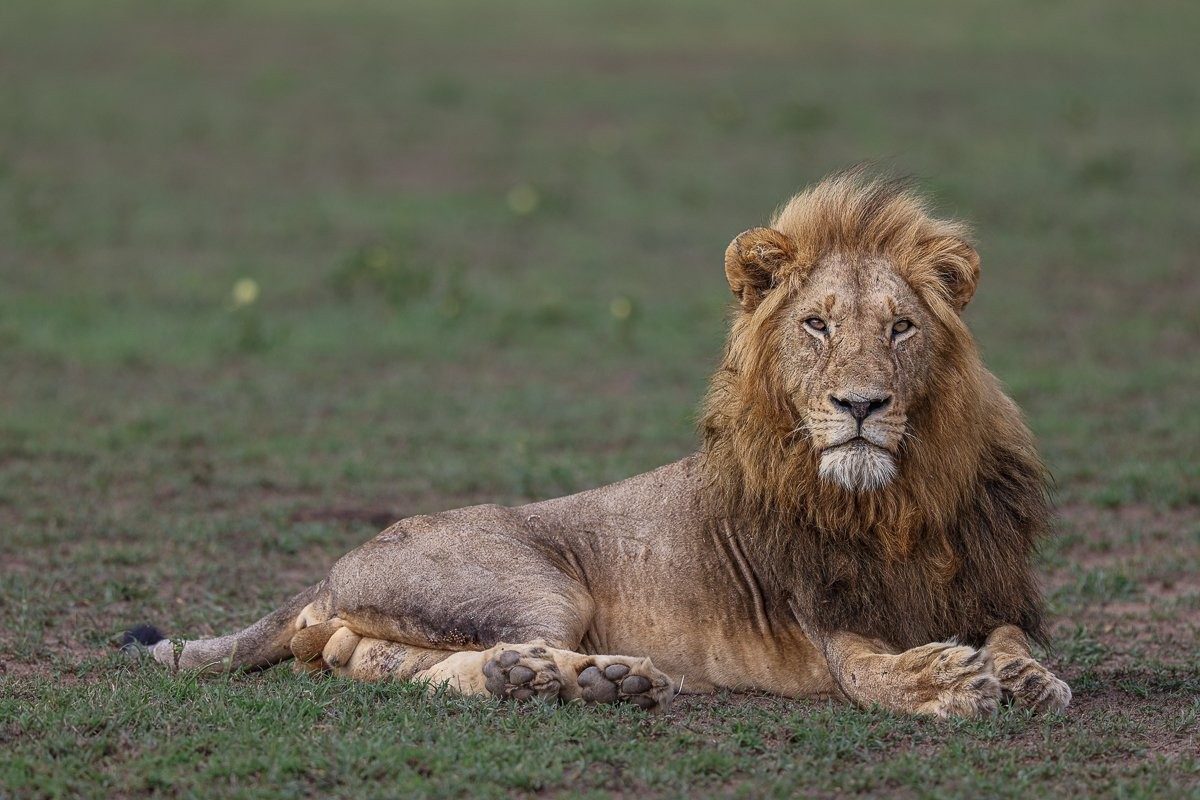
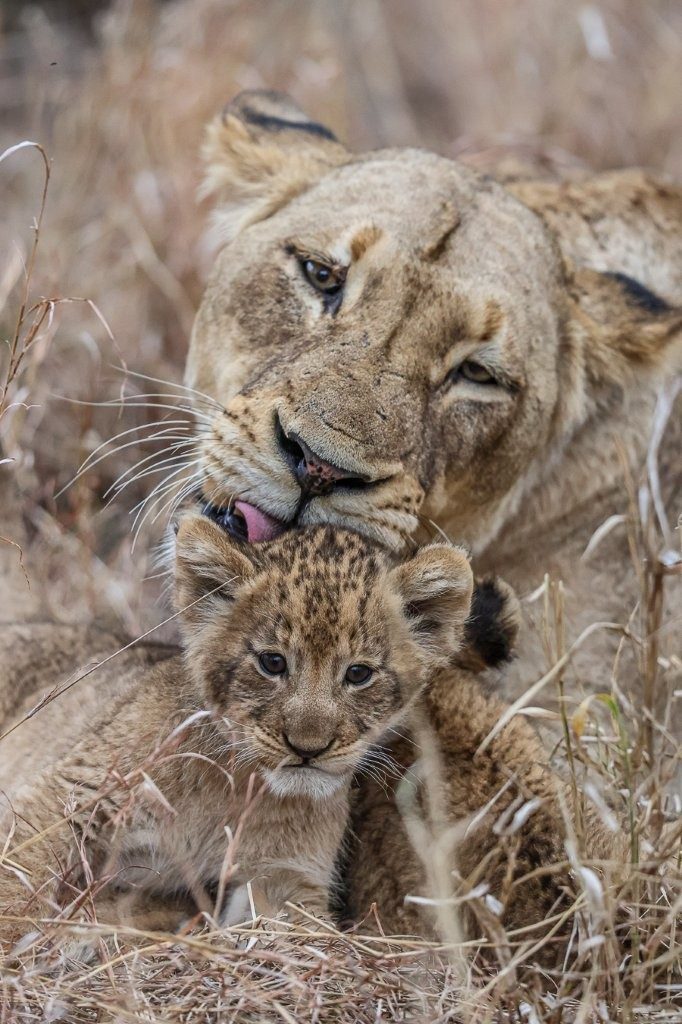
When reflecting on the landscapes of our reserve, it’s natural to wonder how such beauty came to be. The answer lies in a fascinating blend of geological, climatic, and ecological processes that have shaped this land over millions of years.
At the foundation is the ancient Kaapvaal Craton - one of the oldest and most stable geological structures on Earth, dating back over three billion years. The reserve's varied terrain stems from variations in the underlying rock types, including granite, gneiss, and basalt. These rocks influence soil composition and fertility, which in turn support different vegetation types. Granite areas yield sandy, well-drained soils ideal for woodlands, while the nutrient-rich, clay-heavy basalt soils favour expansive grasslands.
The Sabie River and a network of drainage lines have further sculpted the landscape over time. Erosion and sediment deposition have created a dynamic terrain, from tall tree-lined ravines with rich alluvial soils to gullies and low-lying floodplains. These processes have given rise to the ecological diversity and complexity that make our reserve so unique.
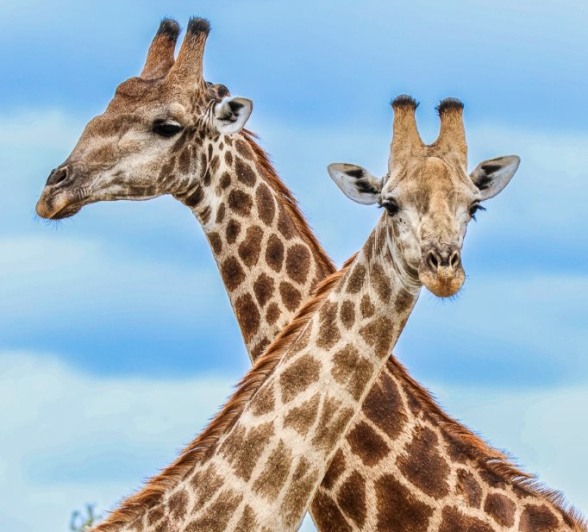
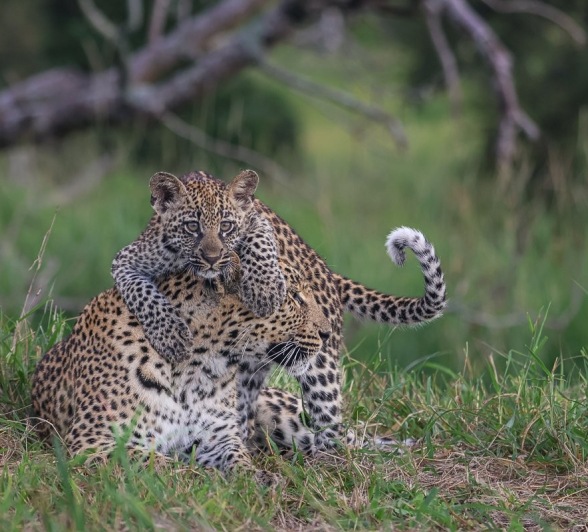
The semi-arid climate, marked by distinct wet and dry seasons, has played a significant role in shaping the landscape. During the wet season, the grasslands become lush and the foliage dense, creating a vibrant, green environment. In contrast, the dry season reveals sparse vegetation and more exposed terrain, offering a dramatic shift in scenery. Over time, the continuous cycle of rainfall and drought, combined with the weathering of organic matter and rocks, has contributed to the development and richness of our soil formations.
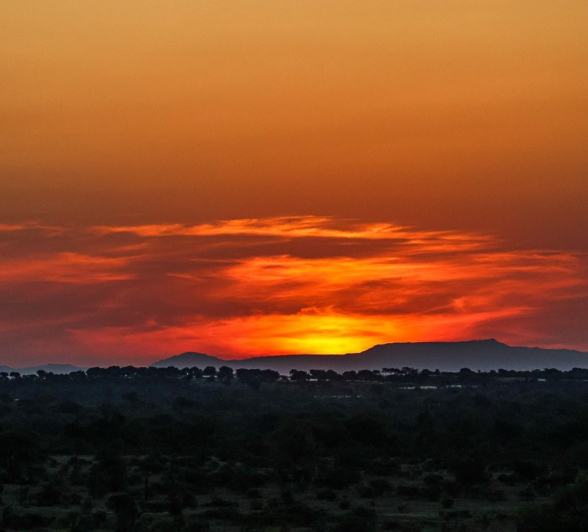
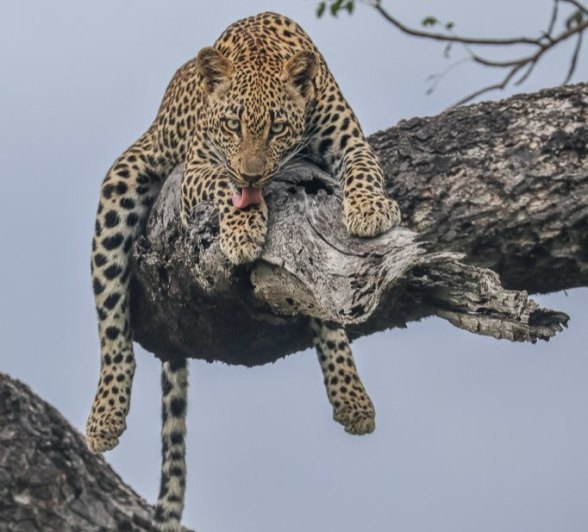
Another vital factor in shaping our landscape is fire ecology. Both natural and managed fires play a crucial role in maintaining open grasslands and preventing the encroachment of woody plants. These fires promote ecological balance by stimulating new growth and enhancing nutrient cycling. In addition, the browsing and grazing habits of wildlife significantly influence vegetation patterns - controlling plant succession and aiding in seed dispersal - further contributing to the ever-evolving nature of the reserve.
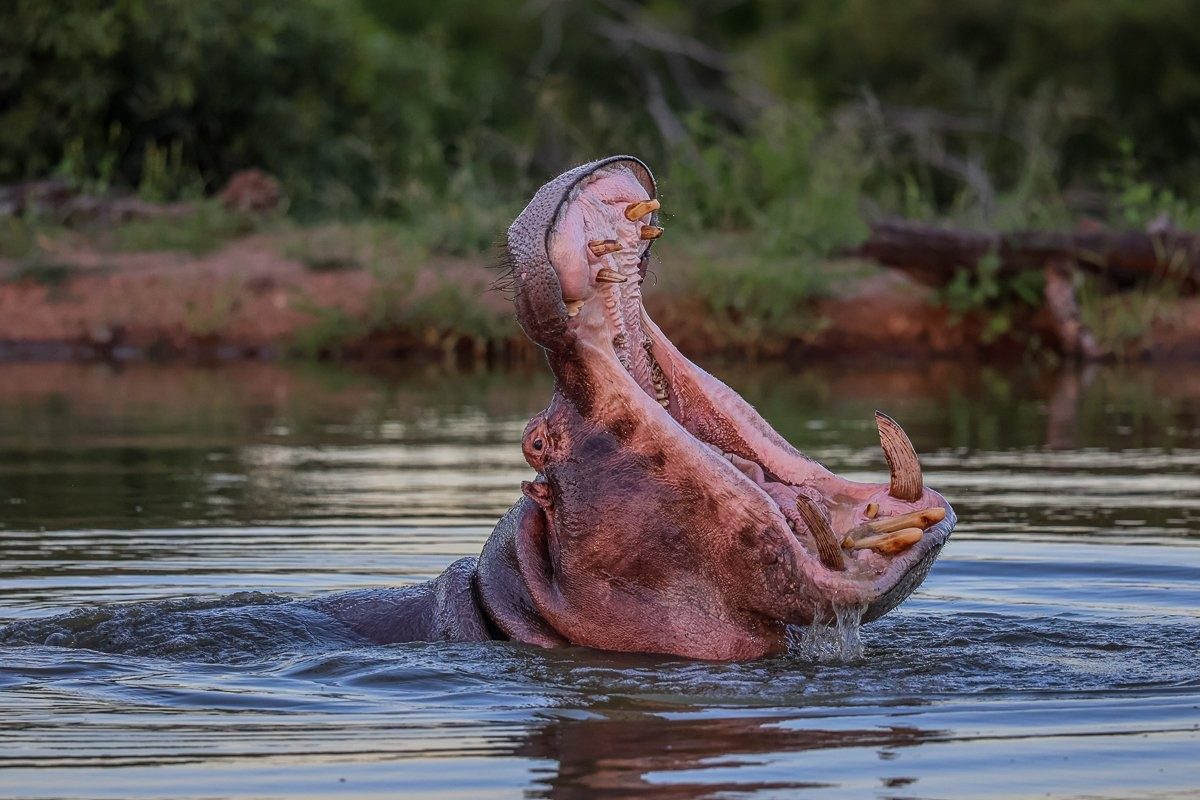
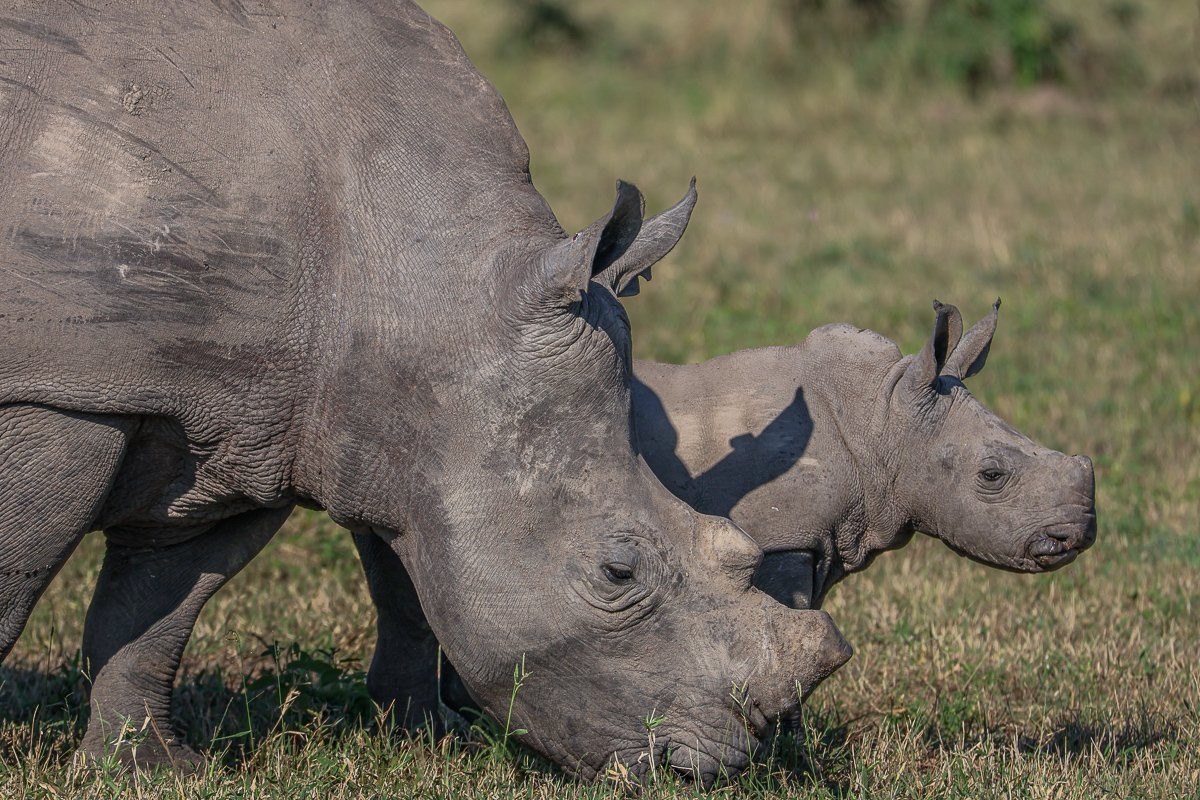
When we consider all the factors mentioned above, we begin to truly appreciate the incredible ways in which Mother Nature ensures the survival of certain ecosystems. Over time, these areas have been shaped and adapted to favour the flourishing of both flora and fauna.
Sabi Sabi Private Game Reserve stands as a testament to this harmonious balance, with a rich history of formation and conservation that highlights the unparalleled beauty of the natural world. We invite you to join us on this extraordinary journey and explore the wonders of the reserve first-hand.
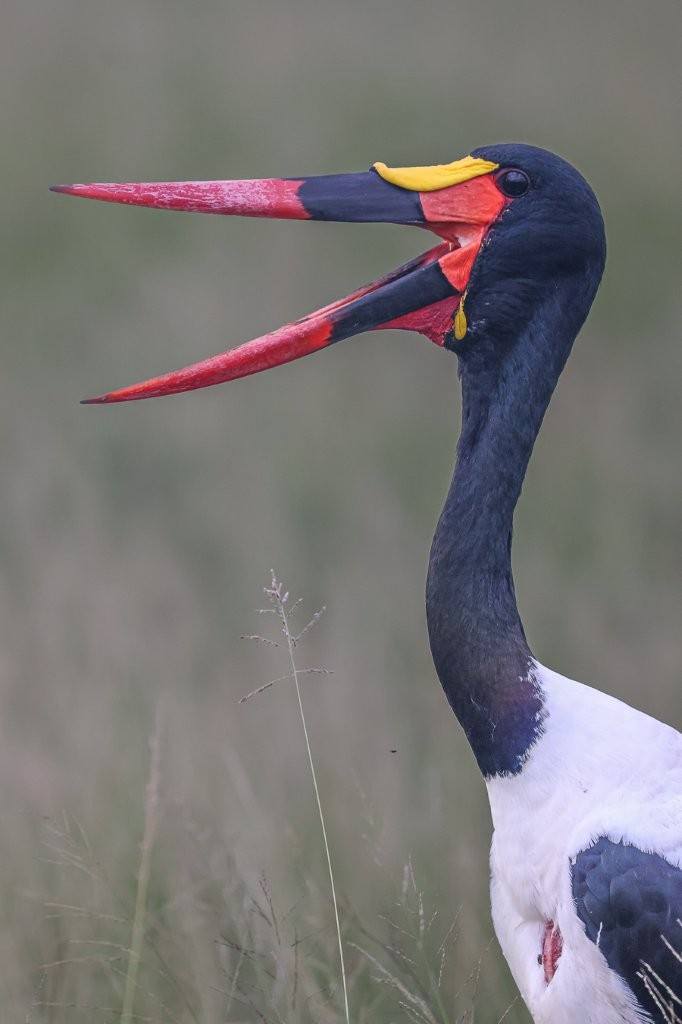
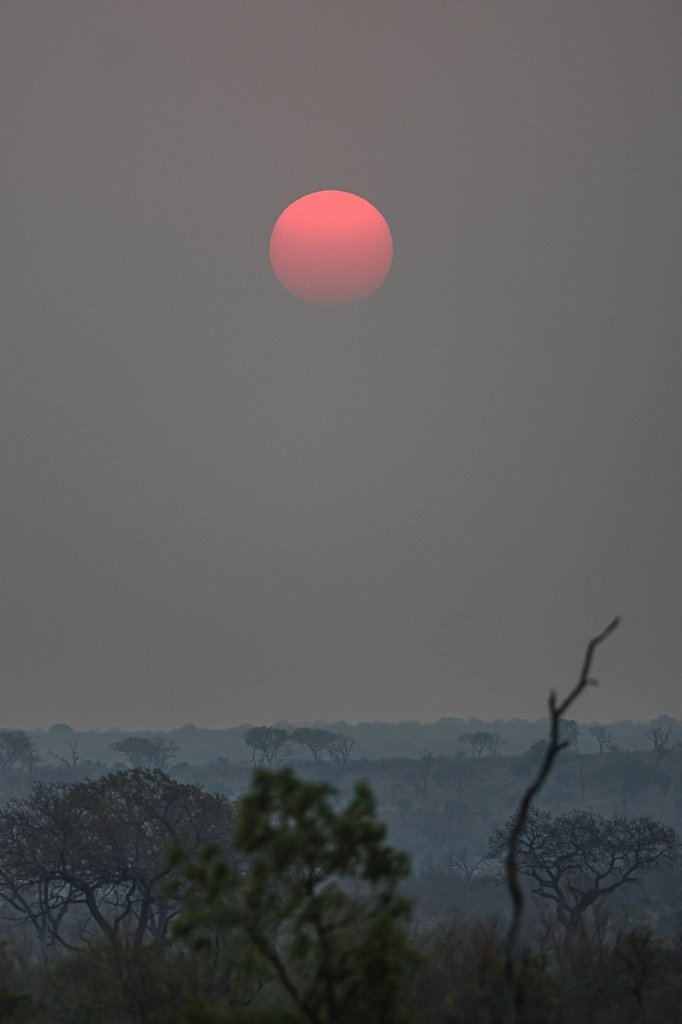
Blog by Ruan Mey (Earth Lodge Ranger)







